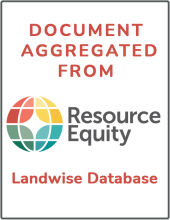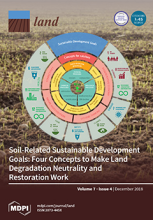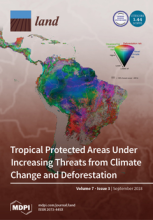Land Library
Welcome to the Land Portal Library. Explore our vast collection of open-access resources (over 74,000) including reports, journal articles, research papers, peer-reviewed publications, legal documents, videos and much more.
/ library resources
Showing items 1 through 9 of 16.Uganda designated 16% of its land as Protected Area (PA). The original goal was natural resources, habitat and biodiversity conservation. However, PAs also offer great potential for carbon conservation in the context of climate change mitigation.
Small protected areas dominate some databases and are common features of landscapes, yet their accumulated contributions to biodiversity conservation are not well known.
Indigenous knowledge about biodiversity and conservation is valuable and can be used to sustainably manage protected areas; however, indigenous communities continue to be marginalized due to the belief that their values and behaviors do not align with the overarching mission of conservation.
Biodiversity hotspots are rich in endemic species and threatened by anthropogenic influences and, thus, considered priorities for conservation.
At present, 10.5% of Canada’s land base is under some form of formal protection. Recent developments indicate Canada aims to work towards a target of protecting 17% of its terrestrial and inland water area by 2020.
Vietnam, which has a long history of theft of timber from neighbouring Laos and Cambodia, recently initialled a timber trade agreement with the European Union.
Identifying protected areas most susceptible to climate change and deforestation represents critical information for determining conservation investments.
There is a growing recognition of the contribution that privately-owned land makes to conservation efforts, and governments are increasingly counting privately protected areas (PPAs) towards their international conservation commitments.




